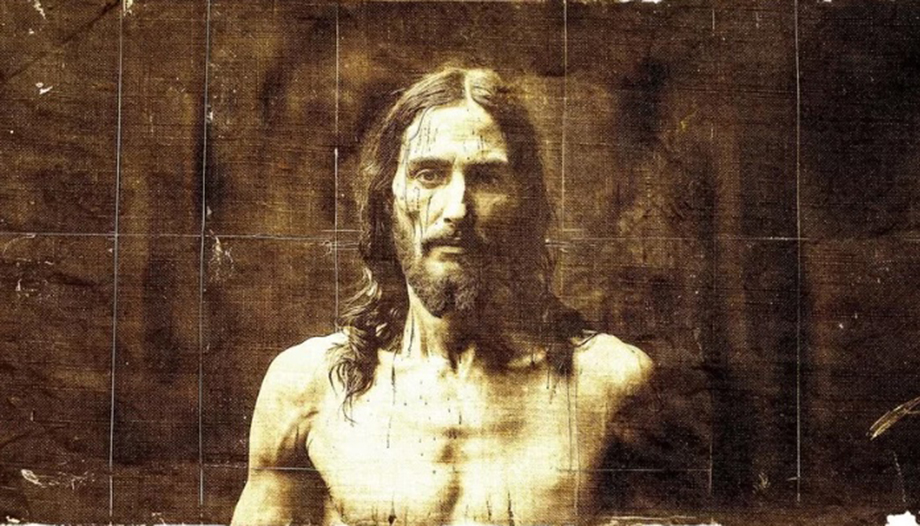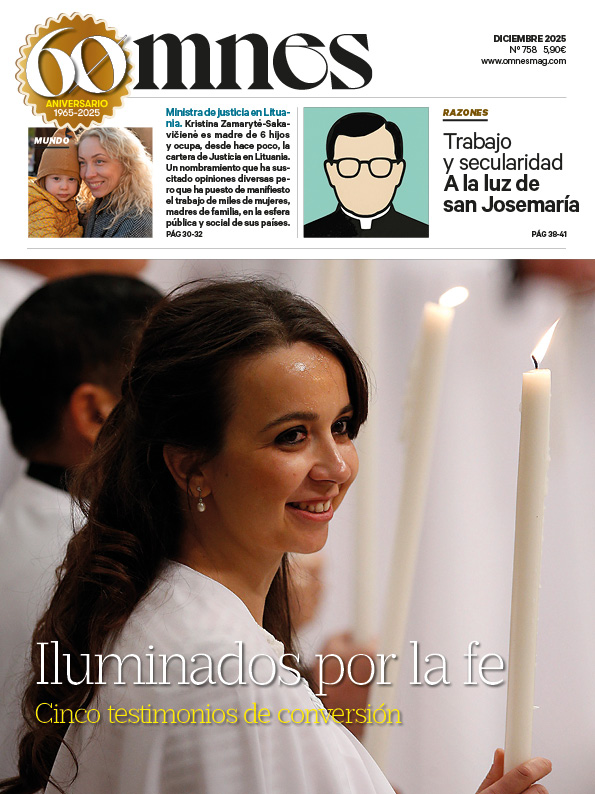In the last few weeks a photograph of Jesus created with artificial intelligence based on the image printed on the Holy Shroud has gone viral. Is it just a morbid curiosity or can we get something good out of it?
First of all, it should be made clear that the Catholic Church sees in the Shroud of Turin only a relic of great value, but in no case has he affirmed that it is really the sheet that wrapped the body of the Lord, no matter how many indications there are in favor of it.
As St. John Paul II said, "the Church has no specific competence to pronounce on these questions", but "entrusts to scientists the task of continuing research to find answers".
Secondly, it is necessary to relativize the capacity of the artificial intelligence to reconstruct faces, however shocking the results may be.
Let's not forget that AI cannot create from nothing, but relies on what it has already seen. It uses the impressive wealth of data that the internet gives it to "read" how things are and, with that information from here and there, it replicates. For this recreation, helped by the humans who have guided her, she will have studied thousands of bearded men's faces, compared them with the proportions of the traces of the Shroud and merged that data into an image that is the one we see.
Thus, this would be only one of the multiple similar faces that he would be able to generate by sticking to the proportions and structural features set by the original image.
In any case, supposing that the image on the sheet was that of Jesus Christ and that the AI was able to achieve 99% of fidelity in the recreation; apart from the first "wow", what does it bring me as a Christian? Does anyone really believe that, if Jesus had been incarnated today and we had, not one, but, as is typical of our times, thousands of photographs and videos of Him, His testimony would reach further and increase the number of believers and followers? Allow me to doubt it.
There were many thousands who knew him and witnessed his miracles, not through photographs and videos, but face to face; but, at the culminating moment of his life, at the foot of the cross, how many accompanied him, how many trusted him, how many, in short, believed in him and in his message? Only Mary, John and some holy women.
Where were those who for years of discipleship had followed him along those paths, where were those who had shared with him teachings, friendship and affection, where were those who had seen him with their own eyes in order to believe? Even Peter and James, who had also attended with John his glorious transfiguration, were not satisfied with what they had seen with their own eyes in order to believe. What did they lack to make the leap of faith?
Benedict XVI offers us a clue by explaining the Gospel passage in which the Apostle Thomas, who was not in the assembly when the Risen One appeared in their midst, said: "Unless I see in his hands the mark of the nails and put my finger into the nail holes and put my hand into his side, I will not believe. "In the end," says the German Pope, "these words manifest the conviction that Jesus is no longer to be recognized by the face, but rather by the wounds. Thomas considers that the distinctive signs of Jesus' identity are now above all the wounds, in which the extent to which he loved us is revealed".
What use can a more or less reliable image of a wounded Jesus be to us in our life of faith? Well, only insofar as we are able to see in that wound, in that drop of blood, in that bruise, his message of personal love without limits.
In these days in which we celebrate the Exaltation of the Holy Cross and Our Lady of Sorrows, it is worth remembering that only those who are able to discover the mystery of the cross can go from knowing Jesus (the one in the photo) to recognizing him, as the centurion recognized him when he saw how he had expired and proclaimed: "Truly this man was the Son of God".
Journalist. Graduate in Communication Sciences and Bachelor in Religious Sciences. He works in the Diocesan Delegation of Media in Malaga. His numerous "threads" on Twitter about faith and daily life have a great popularity.







